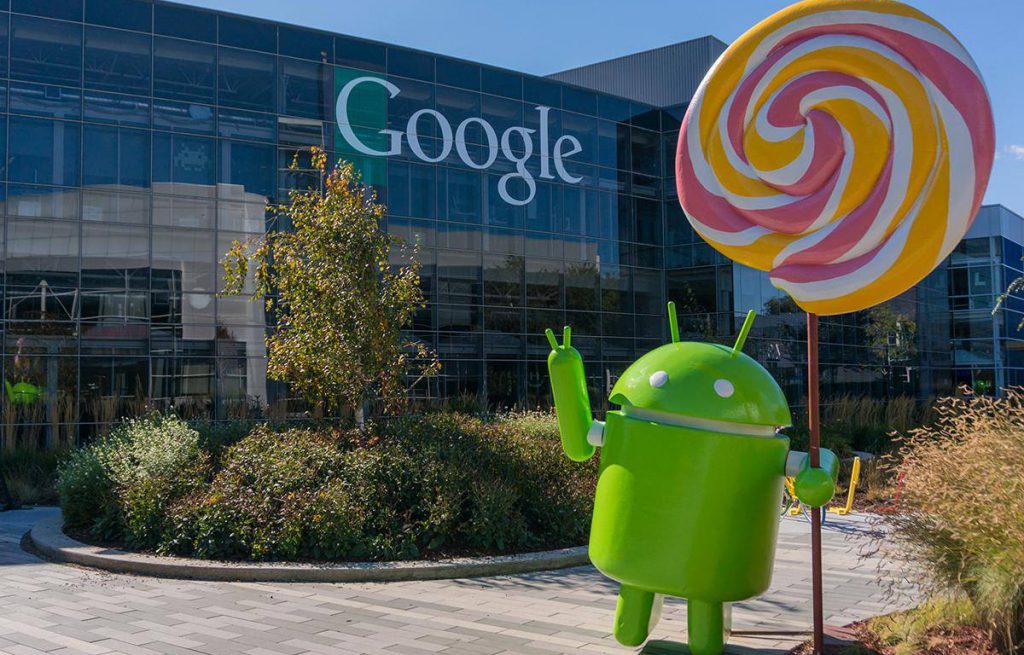Far from the humble Snake machines which many of us enjoyed in our youths, modern smartphones are as powerful as they are versatile. Of the many ways these devices improve our lives on a daily basis, few have evolved as rapidly as their ability to play games. Now capable of running some of the most popular games in the world in remarkably accurate translations, the next evolutionary step is just months away with Google Stadia.
So how have mobile devices reached this point, and what will this next leap bring to the world of gaming?
Creating a Legacy
The earliest games on mobile devices were analogous to the early games on dedicated handheld devices such as the Nintendo Gameboy. These were simple but showed potential, and ultimately hold a place in our hearts even if the games were often basic.
When smartphones arrived on the scene at the turn of the new millennium, the increased processing power which it brought opened a whole new world of possibilities. All of a sudden, more complex new games and ports of existing games were possible, aided heavily by the online connectivity which allowed ease of access.
One of the most indicative of their progress in this regard, even to this day, came from online casinos. These are services heavily invested in mobile technology, offering many games over both desktop and mobile devices. Casino websites still operate in this manner, bringing enormous quantities of slot games in each year for players and cover a wide range of themes. These continue to evolve, keeping pace with each step of mobile development.
Eventually, major AAA traditional video games got in on this action, with the likes of international mega-hit Fortnite having remarkably accurate mobile translations freely available.
The Next Step
The next step in this evolutionary process is promised by Google Stadia, which is slated for release in November 2019. The idea of this technology is that it effectively works to stream video games, similar to how Netflix and Hulu handle video streaming.
Among the advantages of this technology is that it allows advanced streaming capable devices to play games of any complexity, so long as sufficient internet connectivity is available. As mobile devices are now ubiquitous and possess this potential, it is only logical that they will play an enormous part in the adoption of this technology.
While this will undoubtedly prove true in the direct sense of running the service on the devices themselves, there also exists possibilities with mobiles streaming Stadia to other systems. A smart television, for example, will not have the input capabilities to handle Stadia itself. A smartphone could act as the intermediary in this way, streaming to the television, and connecting to controller devices such as gamepads and keyboards.
Coming Soon
Following the release of Stadia, the final hurdle to mass adoption will be that of faster connectivity. Stadia requires low latency and high bandwidth which, while increasingly common, is still not yet standard. With 5G approaching mass viability and fiber optic internet spreading further each day, we wouldn’t be surprised to see this technology start to take over within the next few years.
Rather than a matter of if, the domination of these services, and mobile as a primary platform, is just a matter of when.
